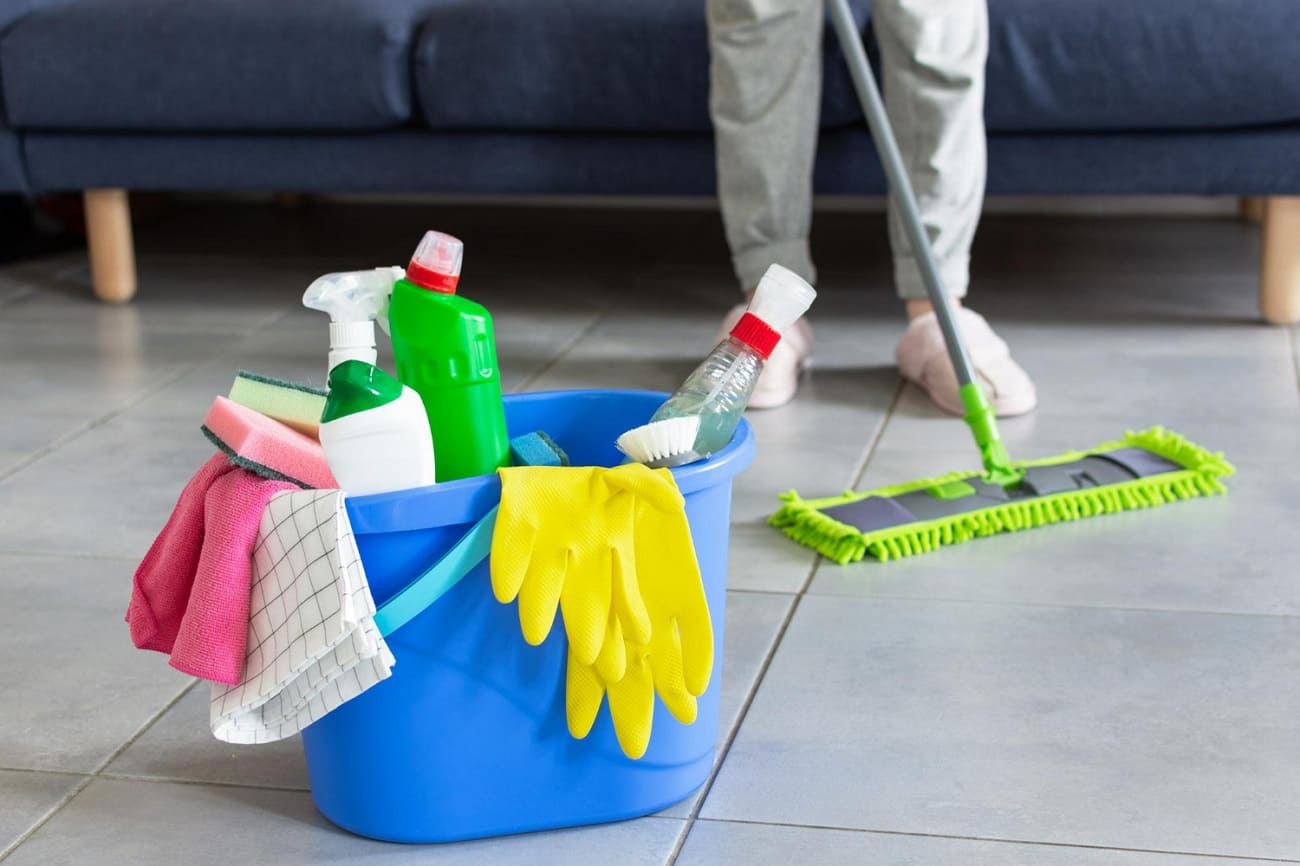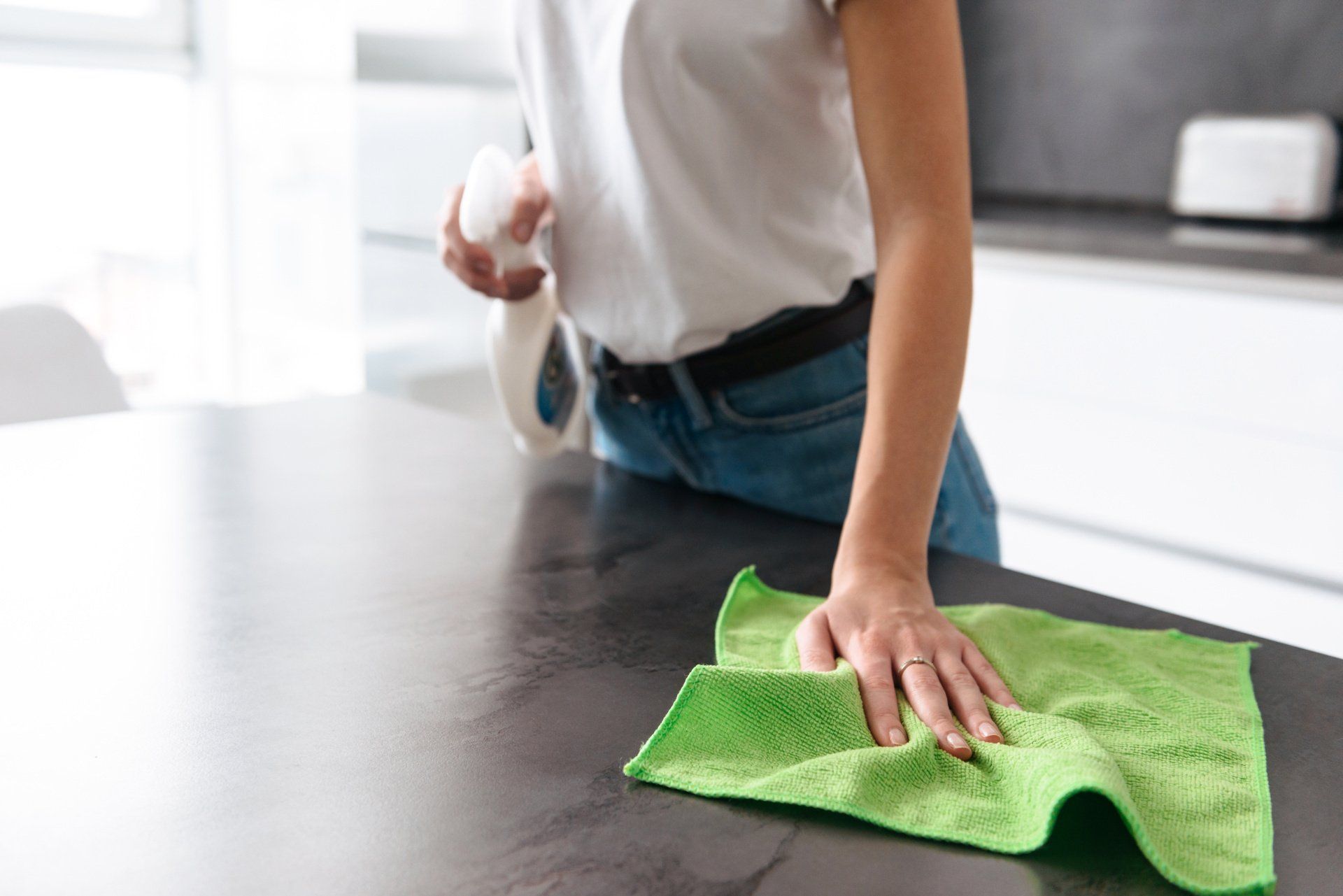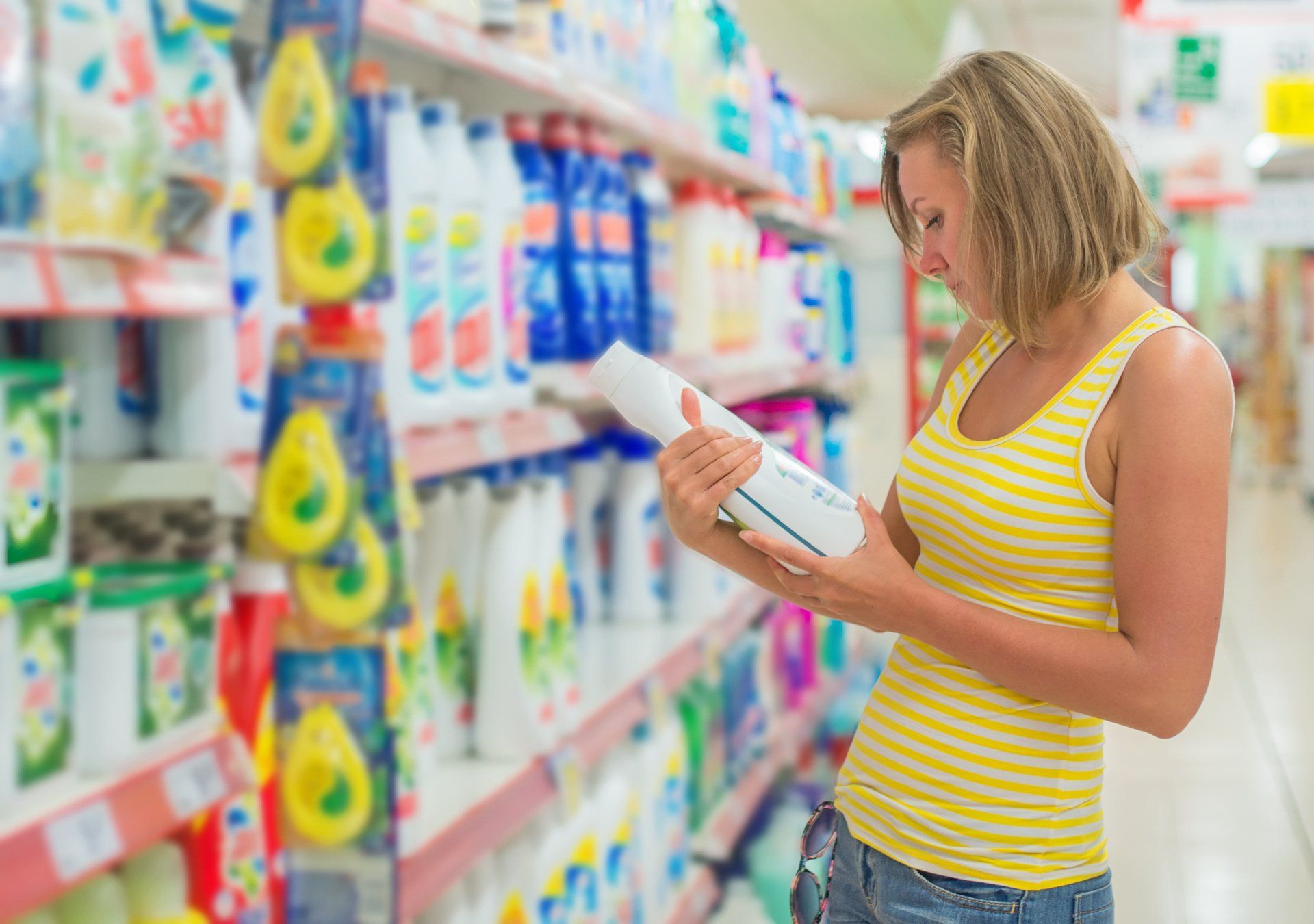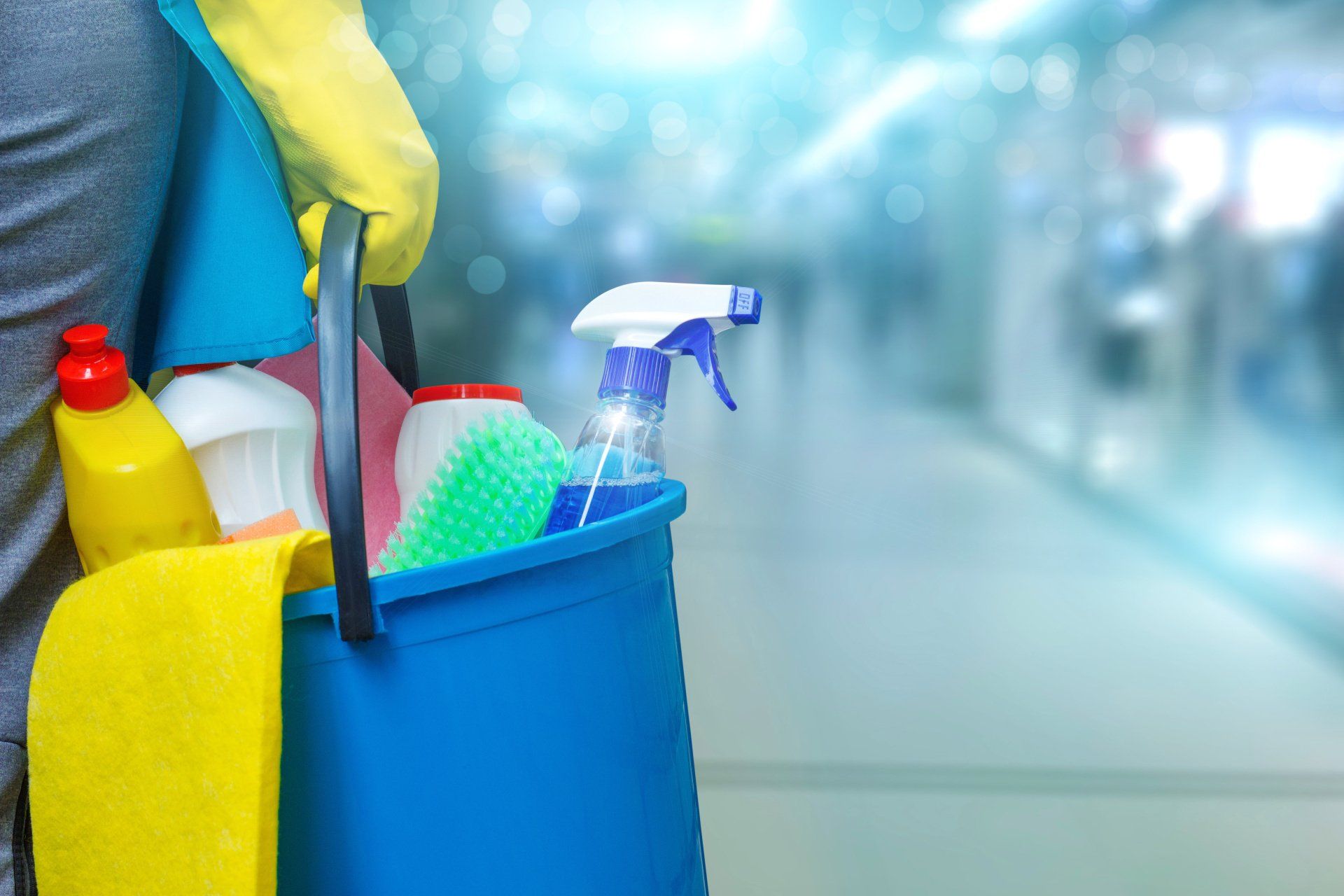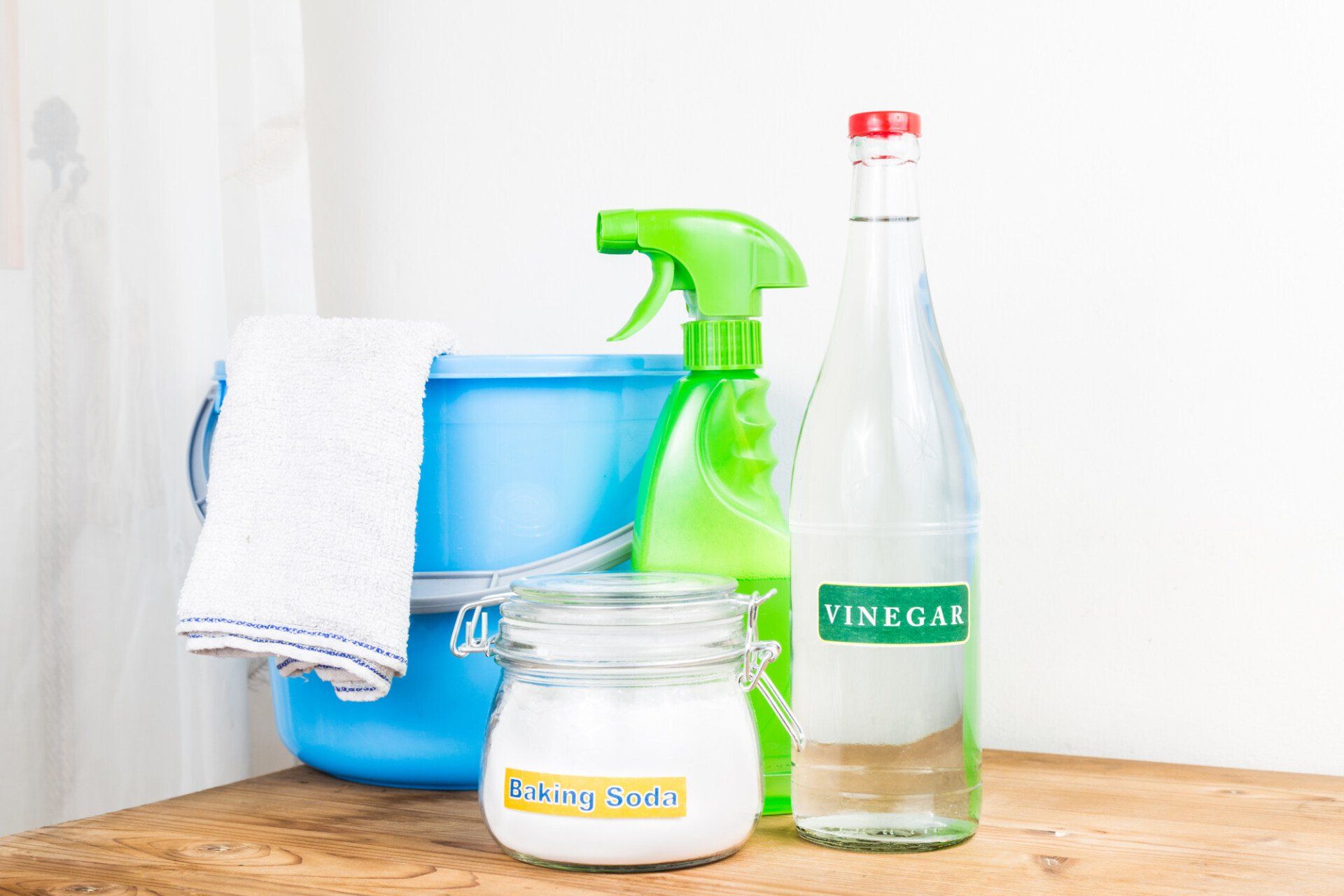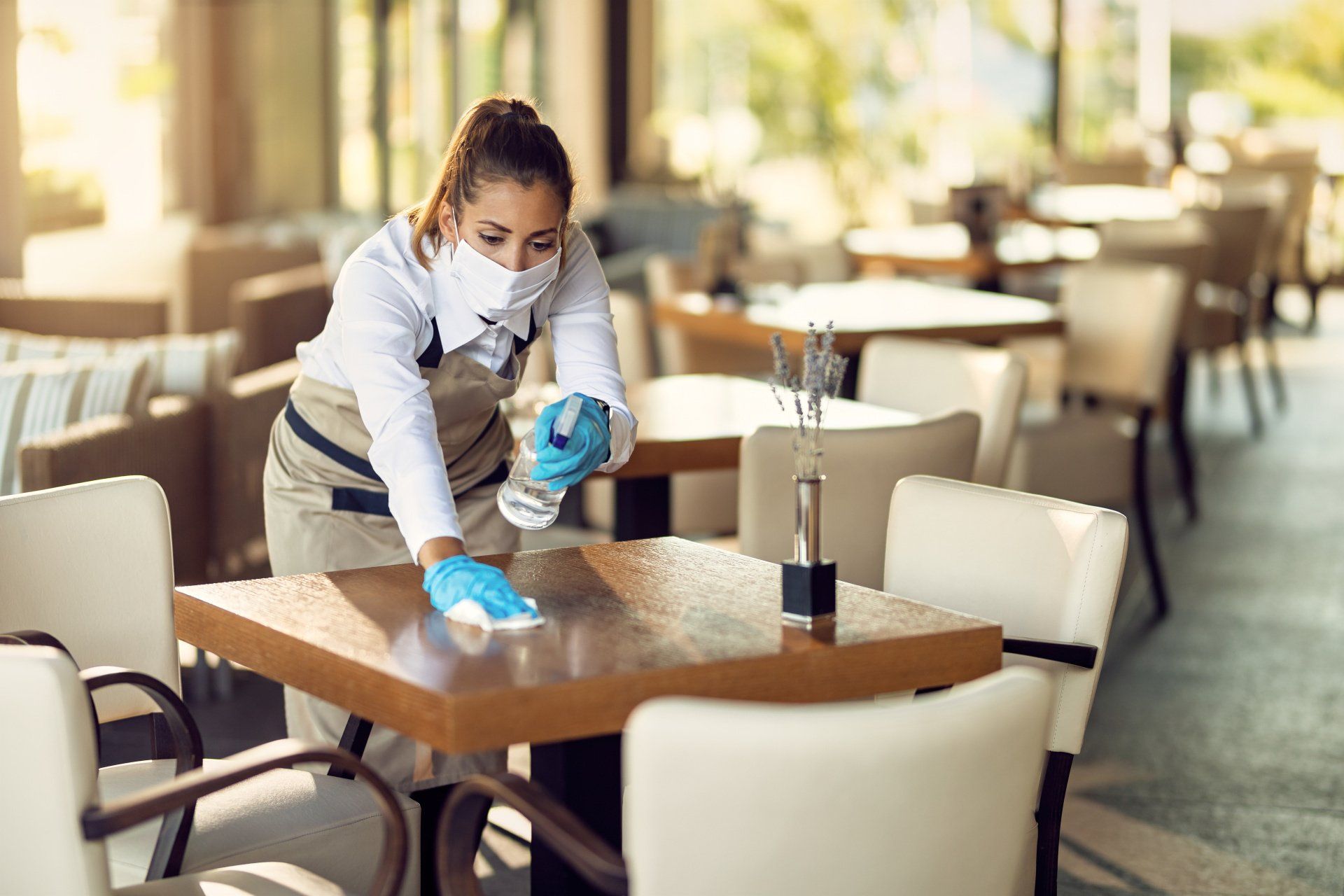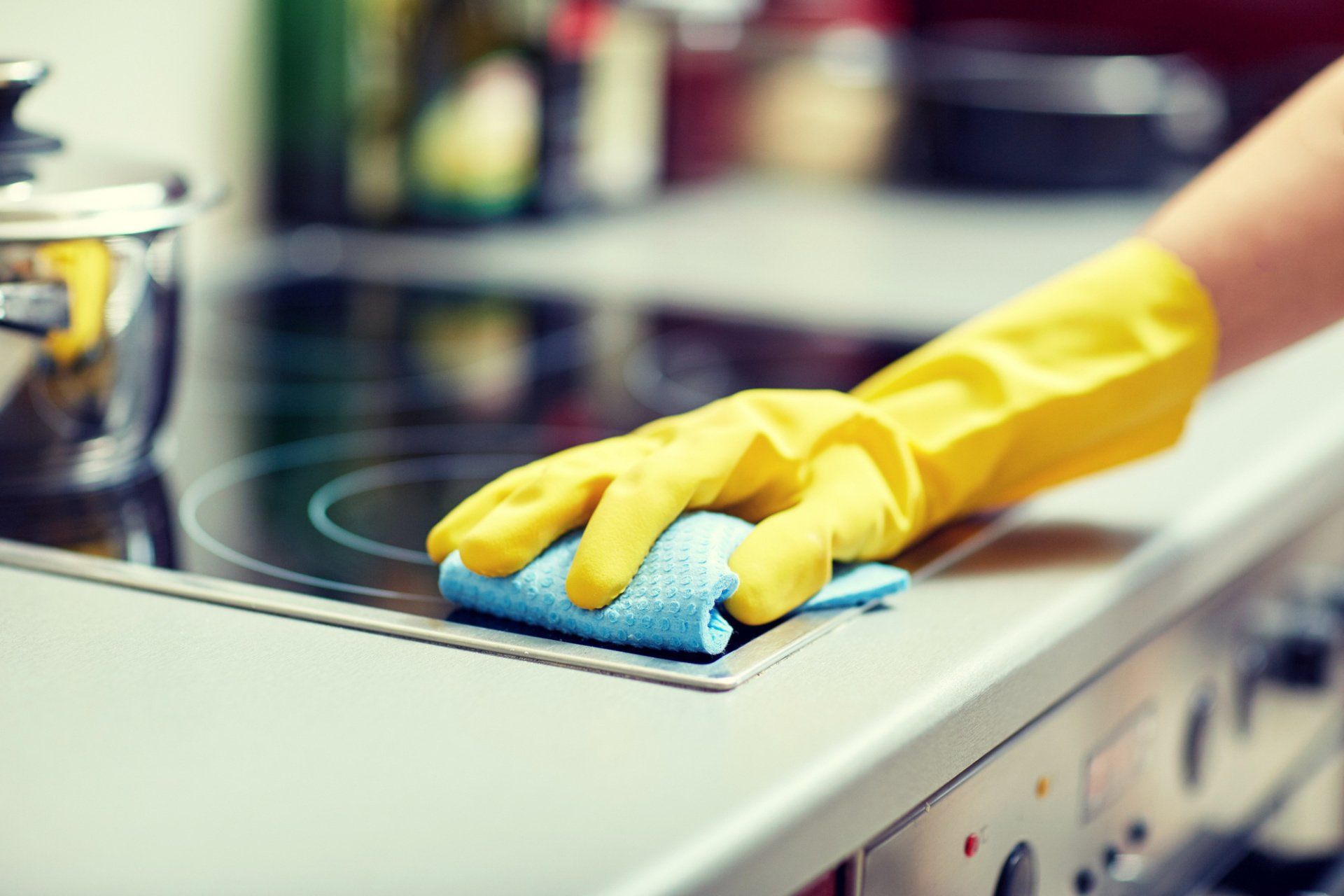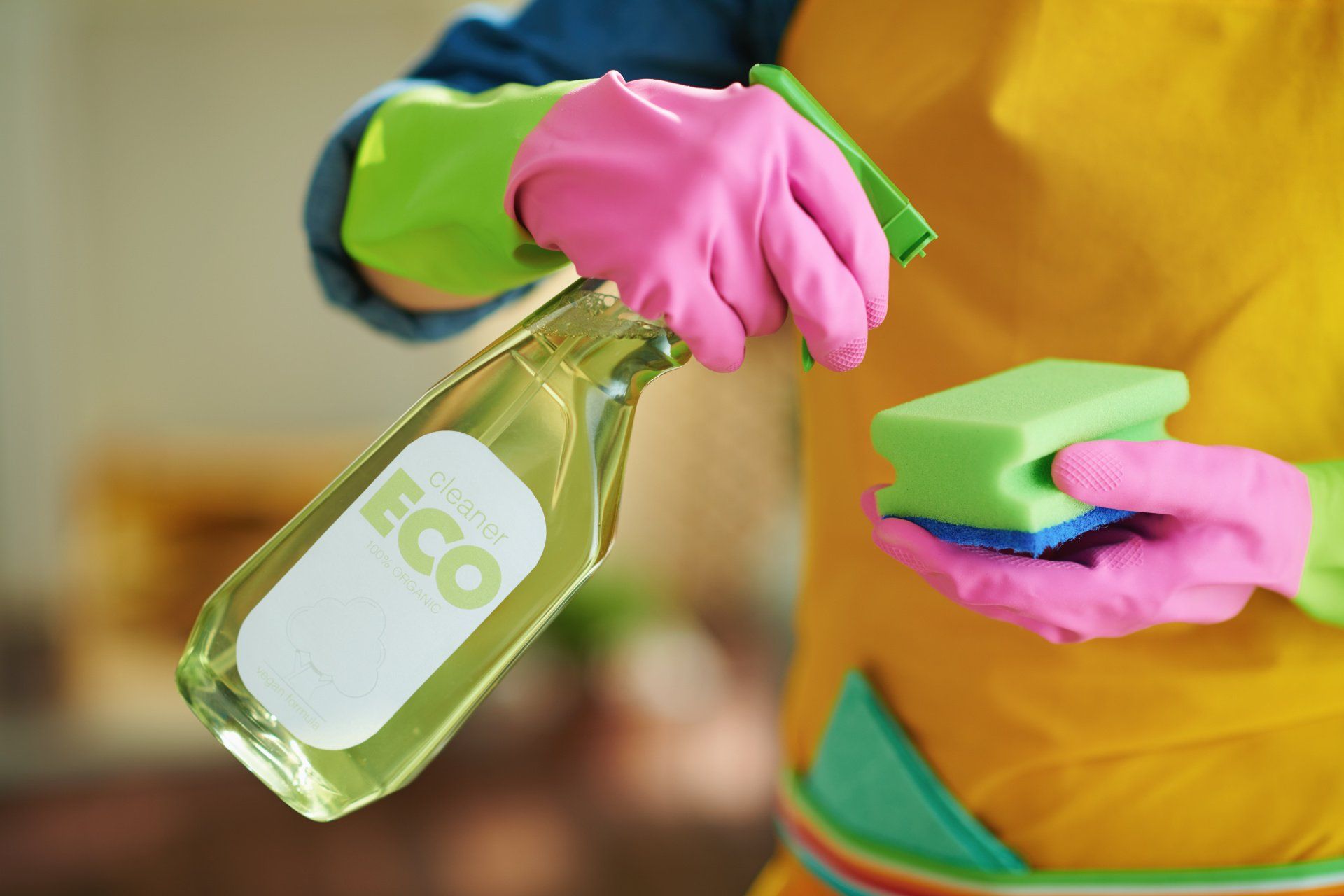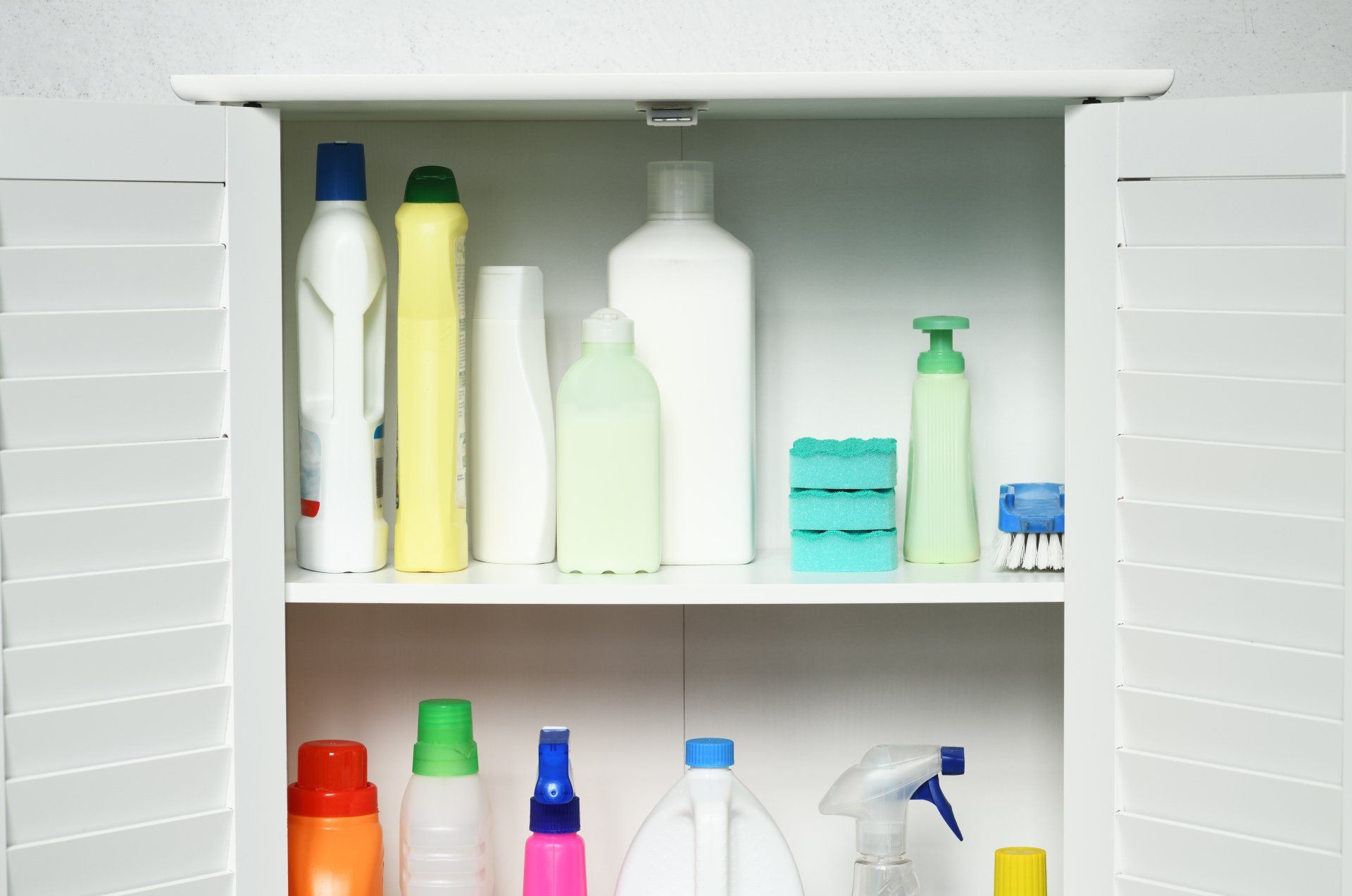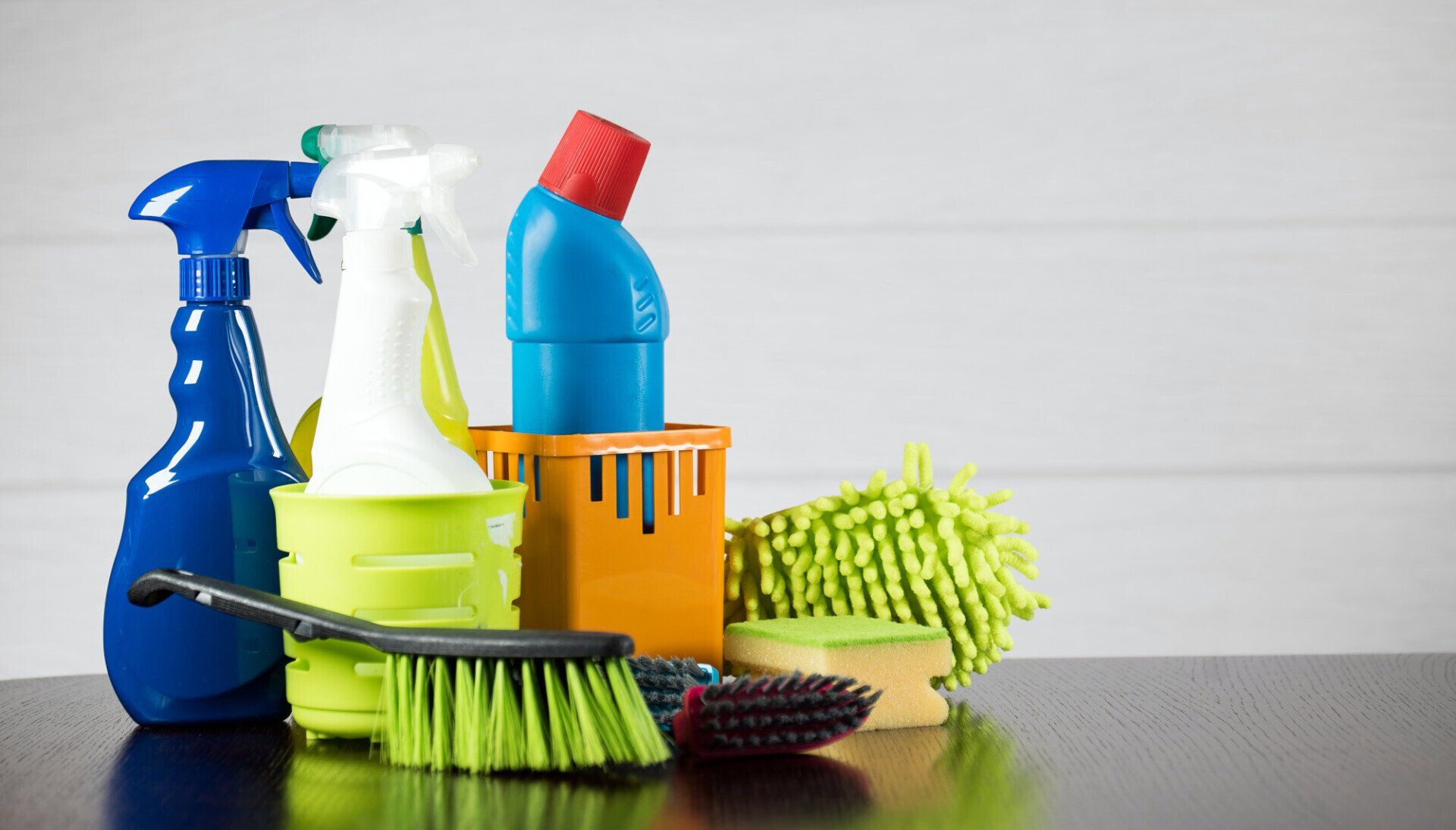8 Red Flags to Avoid When Shopping For Cleaning Products
When shopping for cleaning products, you want to get the most effective supplies at the lowest price while also minding your personal health.
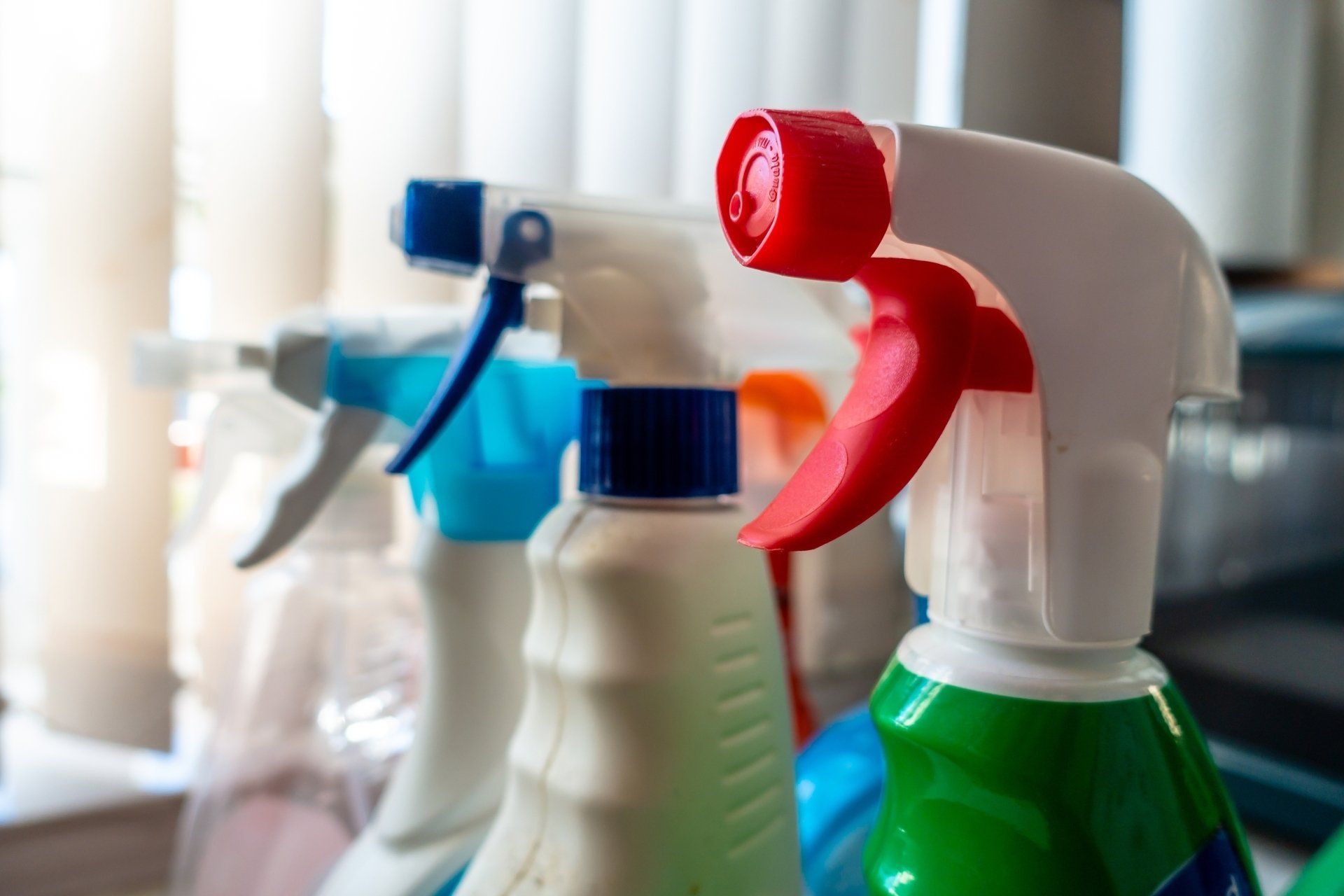
The last thing you want to worry about when you're cleaning is the products you're using harming you or your family. The right cleaning product is effective but safe to use. While this may seem like a simple act, there's a ton of chemicals in everyday cleaners.
When you go to the grocery store and walk down the cleaning aisle, it's easy to get overwhelmed by all the options in front of you. You may be wondering which of them are really the best option for your home. There are also counterfeit cleaning products to look out for.
To make your life easier, this guide will go through the eight red flags to avoid when you're shopping for cleaning products.
1) Lots of Fragrance
The fastest way to walk past (or scroll past) a cleaning product is if it promotes fragrance. While it may be nice to have your home smell like fresh laundry, that scent is only temporary. The toxic chemicals that were used to create that fragrance can linger in your home.
Many fragrances contain phthalates which are linked to many health concerns.
2) Sketchy Ingredients
There are several ingredients to look out for when you're shopping for cleaning products. There are four in particular that are big red flags. Take the time to read all the ingredients to ensure your cleaning product doesn't contain any of these.
- Parabens are known as a hormone disrupter and can be connected to cancer.
- Formaldehyde is an irritant. When in the air, it'll irritate your eyes, nose, and throat. There's also a link to cancer.
- Quaternary Ammonium is bad for lung health and can cause asthma as well as other breathing problems.
- Triclosan is a pesticide that can disrupt hormones and hurt your immune system.
Instead of settling for these chemicals, consider switching to eco-friendly products that work.
3) Contains Bleach
Although bleach is a powerful and effective cleaning tool, be wary of its effect on your body. Chlorine bleach in particular is known to cause damage to the lungs and organs when the fumes are inhaled. It can also damage your skin and eyes if it makes contact.
Bleach getting in your eyes can have serious consequences. You could potentially suffer permanent tissue damage as well as vision damage. You have to rinse out your eyes thoroughly to ensure no damage will occur.
If you have any kids in the house, bleach should not be left around. It's better to find an alternative.
4) No EPA Registration Label
Outside of worrying about the toxicity of cleaning products, you'll also need to watch out for any counterfeit cleaning products. The EPA registration label is used to ensure that the product you're purchasing is authentic.
To tell, the primary registration number will have two parts. If the registration number has three parts then that's a supplemental distributor product. It's important that you don't purchase counterfeit products because they're usually made of toxic chemicals that are also ineffective.
5) Suspicious Payment Methods
One of the easiest ways to tell if a product is counterfeit is by seeing the payment methods. For in-person transactions, look for signs that the way that your credit card information is not being secured as well as you'd expect from a legitimate store. If it's an online purchase, check the website and make sure that it begins with https:// and has a lock symbol.
Be suspicious about the obvious: if you're asked to do any direct money transfers or if a website looks unsecured, it's a red flag.
6) There Are Spelling Errors
While this is a simple one, it's easy to gloss over. Counterfeit goods and scammers tend to fool people by using a name close to the product name but with one or two letters off. This is subtle enough to trick people into thinking that the product is from a respected manufacturer.
Be sure to check the spelling of any cleaning product you find, in person or online. If the spelling is wrong then that's a red flag. Also, check the URL for spelling mistakes when you're online shopping.
7) From a Third Party Site
There are a lot of e-commerce websites nowadays and it's easy to get redirected to one that seems legit but their cleaning products are inauthentic. It's easy for anyone to open up an online store and sell anything.
Another red flag to look out for is any sketchy advertising that is trying to sell you an unfamiliar product. The best way to check its legitimacy is by the reviews and doing your homework. There are entire communities who dedicate their time to warn people of any counterfeit products.
8) Doesn't Match Manufacturing Brand
If there's a brand of home cleaning supplies that you're interested in buying then there's a good chance that it has a counterfeit version. If the product you're looking at has something that seems off about it, that's a red flag.
Compare the product you're looking at to the manufacturer's official site. Some of the things to look out for:
- The design of the product is different from what the official website shows.
- The product descriptions are not the same, check the description for ingredients that are a red flag.
- The price is significantly different.
Sometimes the official manufacturer website will also list reputable resellers of their products. That's a great way to check that what you're buying is legit.
Finding The Right Cleaning Product
You'll have to clean pretty often and that means you'll want to choose high-quality products to protect your health and the health of your family. In addition to that, you have to watch out for counterfeit products that are made of poor ingredients and usually overcharge.
There are a lot of red flags to look out for, both in terms of toxic chemicals and fake products. Being one step ahead is ensuring you do your research. Part of that research is knowing what to look out for while shopping for a cleaning product.
If you're looking for natural and effective products that'll make a difference in how you clean, check out our products at Purbloc.

